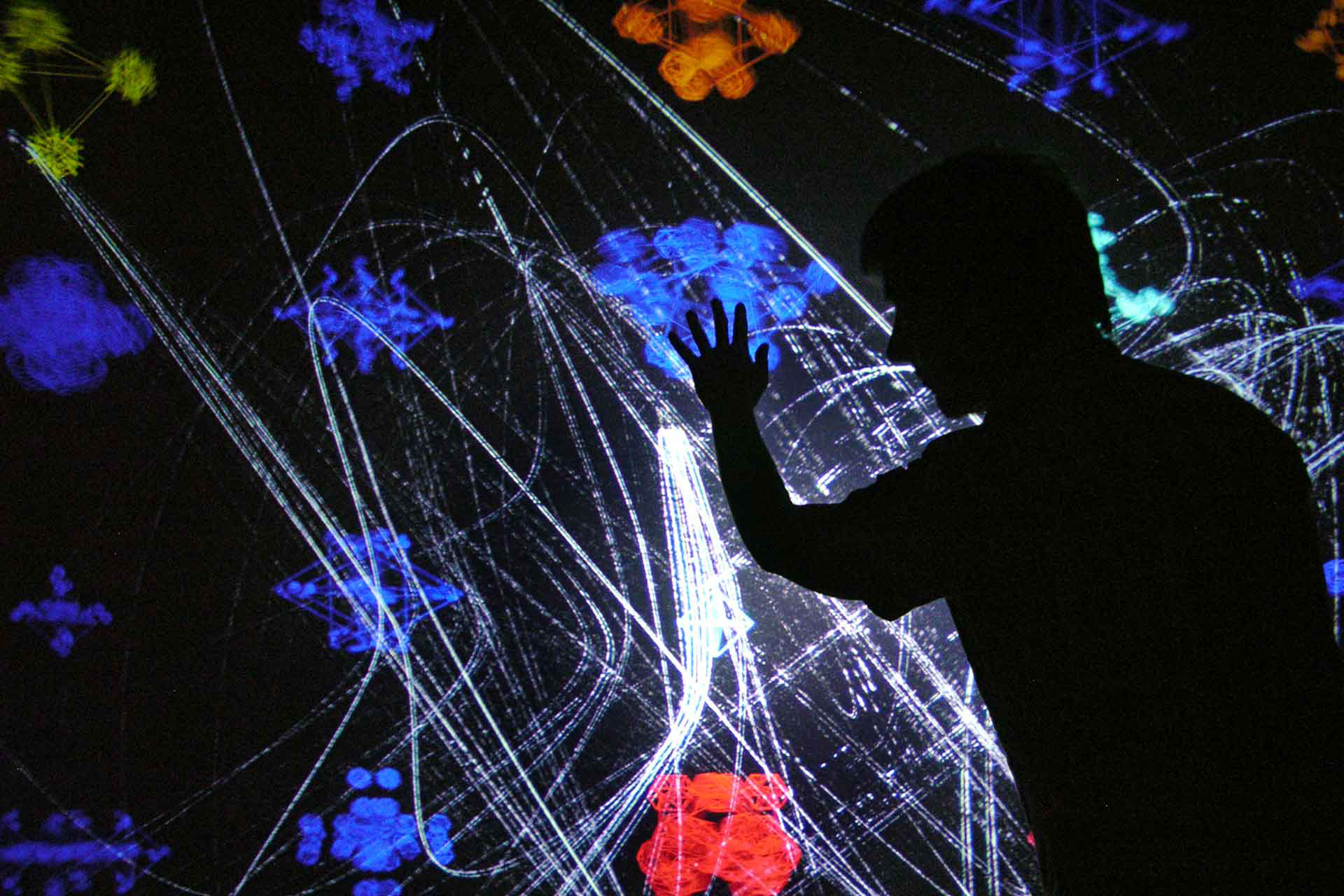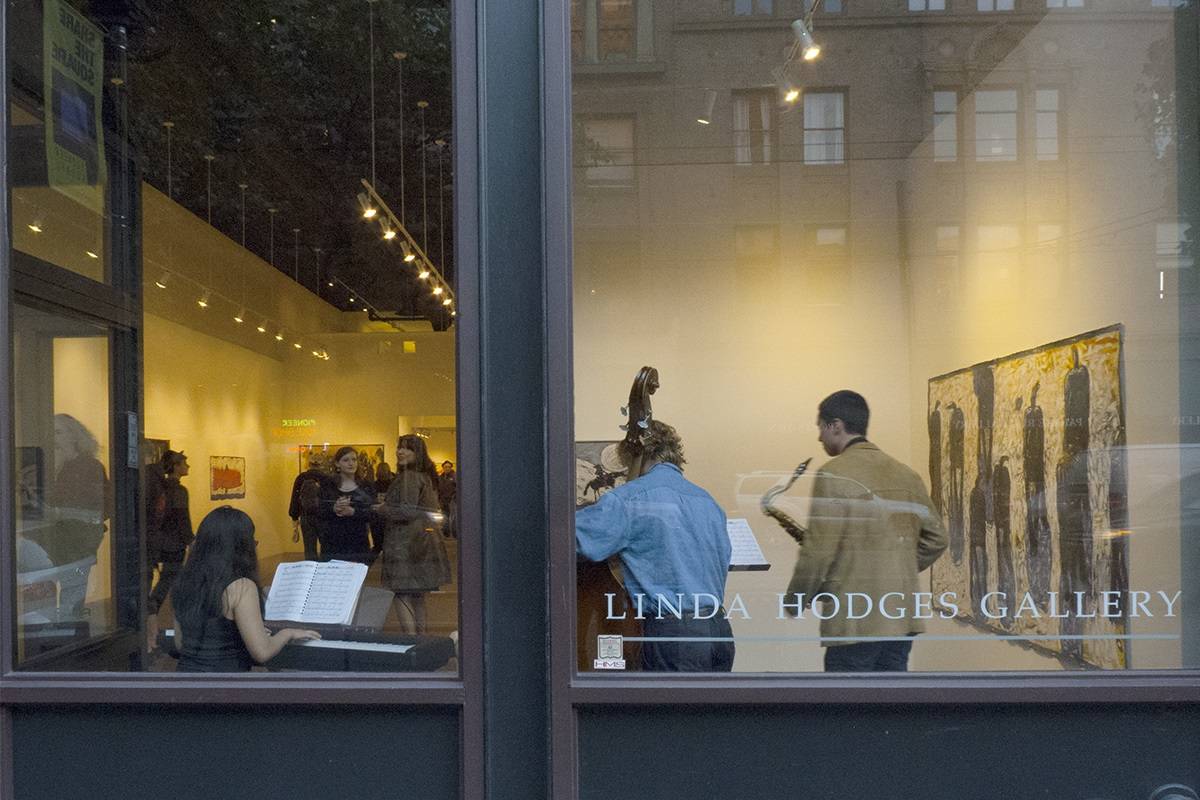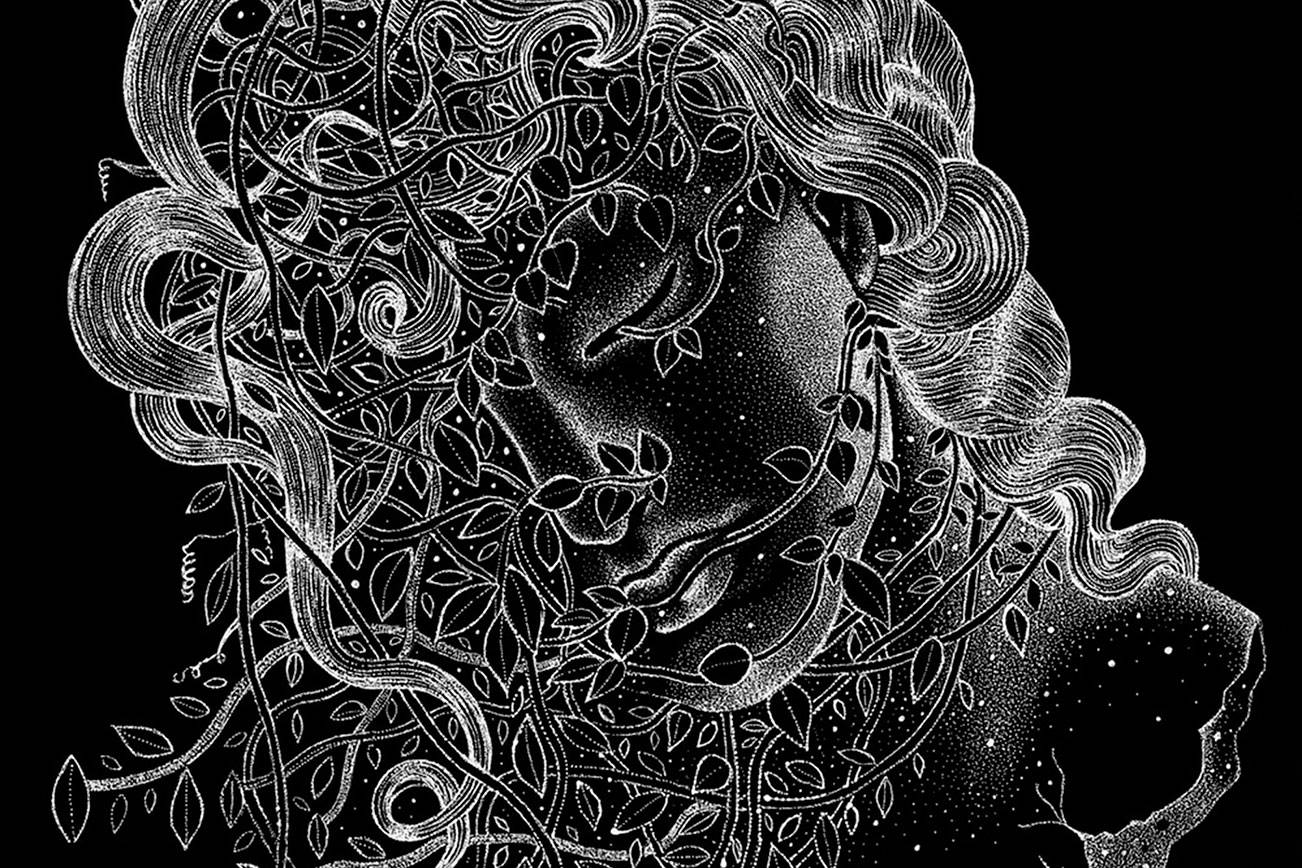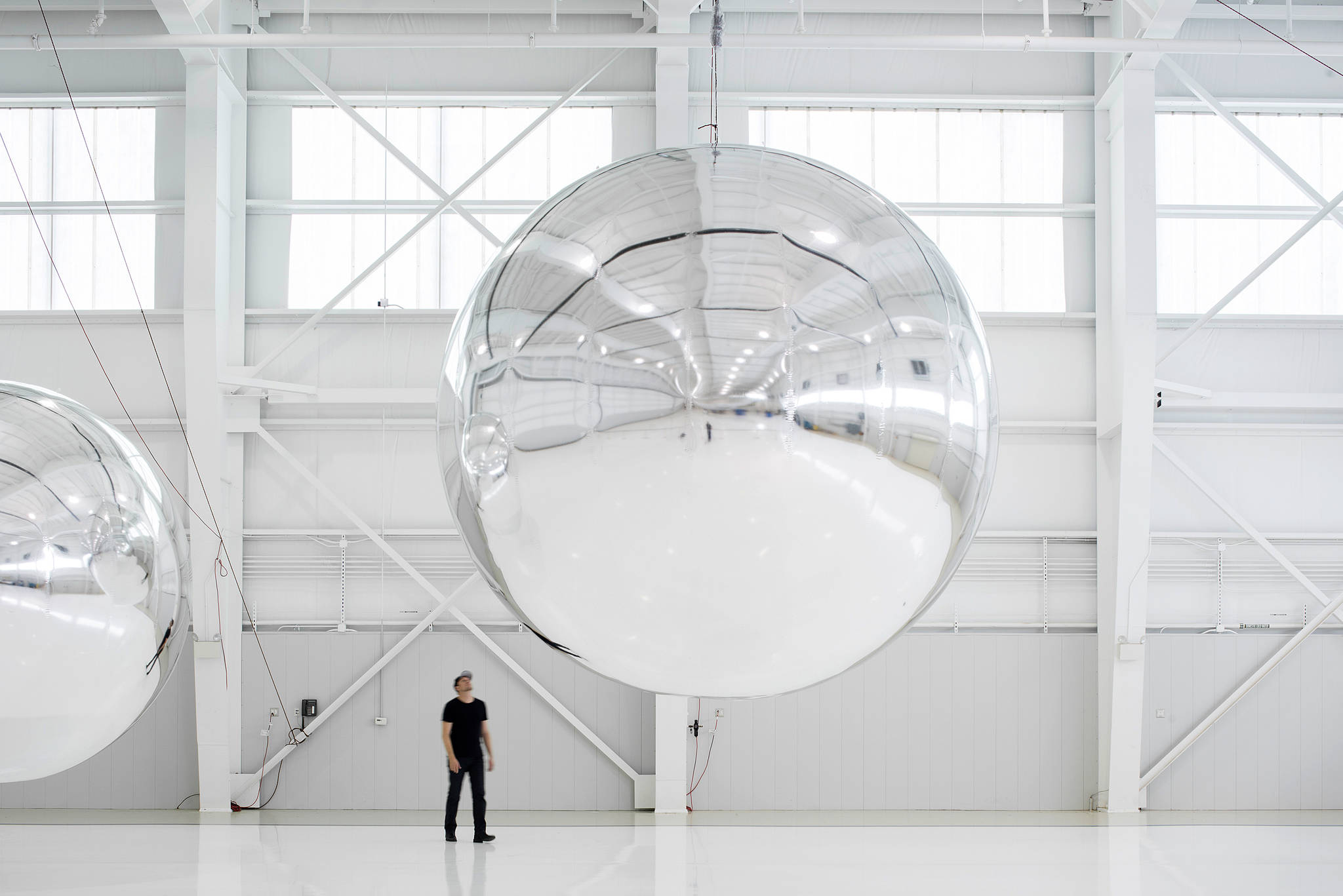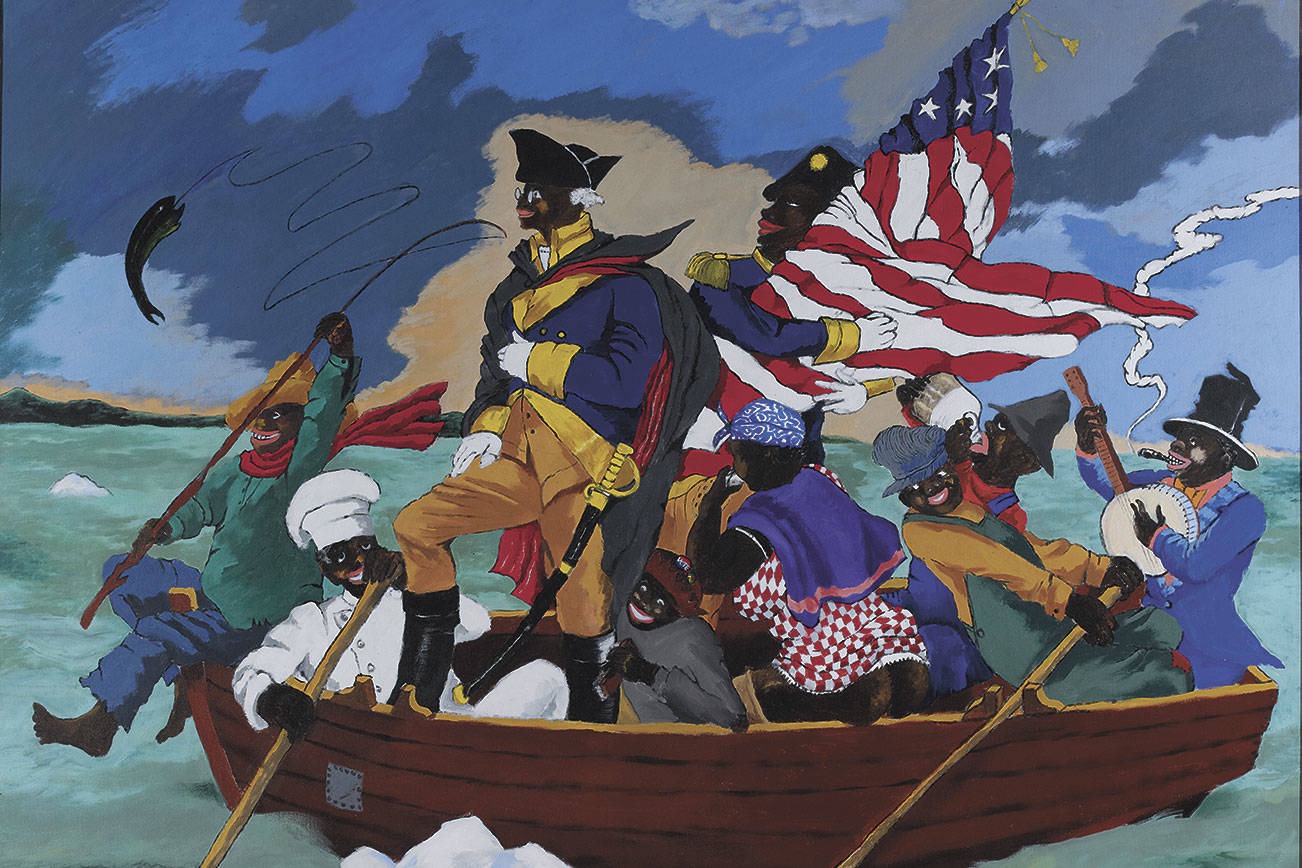 Fifty years ago this October, engineers from Bell Laboratories and avant-garde contemporary artists teamed up to produce 10 performances over nine evenings at the 69th Regiment Armory in New York City. The event series, simply titled 9 Evenings: Theatre and Engineering, was the brainchild of artist Robert Rauschenberg and engineer Billy Klüver, and would enlist more than 30 engineers to work with 10 artists to produce a fusion of music, dance, and visuals using technology that had never before been seen onstage.
Fifty years ago this October, engineers from Bell Laboratories and avant-garde contemporary artists teamed up to produce 10 performances over nine evenings at the 69th Regiment Armory in New York City. The event series, simply titled 9 Evenings: Theatre and Engineering, was the brainchild of artist Robert Rauschenberg and engineer Billy Klüver, and would enlist more than 30 engineers to work with 10 artists to produce a fusion of music, dance, and visuals using technology that had never before been seen onstage.
Though originally intended for a festival in Stockholm, 9 Evenings could not have landed in a better place and time than New York City, in the very building that in 1913 had introduced American audiences to modern art during the International Exhibition of Modern Art, better remembered as the Armory Show. Audiences at that World War I-era show witnessed the birth of a new paradigm in seeing and depicting the world, one unafraid of idiosyncrasy, industry, pluralism, and speed. They were scandalized by its grotesquerie and abstraction then, but by 1966 audiences had moved well past those boundaries. New York City was the new capital of the art world. Abstract Expressionism had already peaked and Pop Art was nearing its zenith. Rauschenberg was among the latter’s biggest names, along with Andy Warhol, whose Factory encapsulated the critical mass of artists, fashion plates, performers, dealers, and tastemakers who had made New York City the capital of cool.
There was also no shortage of scholars and critics in and around the city who were responding to this proliferation of art across disciplines. What was not happening spontaneously was a bridge between the arts and sciences, and that is what Rauschenberg and Klüver sought to create with 9 Evenings. The Bell engineers were laying the groundwork for the Information Age, and 9 Evenings would assert the artist as both interlocutor and translator of these new technologies for the public.
The event begat later collaborations among Klüver and Rauschenberg and other artists and engineers under the name Experiments in Art and Technology (E.A.T.). These happenings and others like them have been sporadic … too sporadic. All the while, exponential advancements in computing and communication have introduced globalization, while conservative-led culture wars have hamstrung the arts in the United States. Fifty years after 9 Evenings, the general Western populace is far more literate in technology than art, but we are in no way better at seeing the potential (and peril) of emerging technologies.
The time seems right, then, to stage another 9 Evenings to reassert the interdependence of the arts and technology as complementary modes of inquiry, and to see what happens when you allow artists and engineers to explore together what is possible. Just as the original 9 Evenings was perfect for its time and place, Seattle right now is the ideal location for it to happen again, thanks to its robust arts and tech communities (who sorely need more contact with each other).
Enter 9e2, conceived and led by John Boylan, who has been serving as a bridge between the arts and sciences for decades. His seasonal “conversations” series have brought together diverse panels to discuss commerce, politics, and ethics through the lens of art and have resulted in some of the most stimulating debates I have seen in the city.
Boylan’s festival will also take place over nine evenings, October 21–29, at King Street Station. The timing of the series commemorates the original, but for Boylan and the participants, this new iteration is specific to our age, with forward-looking and wide-ranging conversations between the arts and sciences via nightly performances, lectures, and installations. I’m particularly excited by the discussions that Boylan and company will be facilitating for 9e2.
Compared to its inspiration, 9e2 offers double the number of participating artists and includes more international talent. (Öyvind Fahlström was the lone artist in the original roster based outside the U.S.) Rather than relying on a single organization for its engineering prowess, 9e2 taps multiple fields, including genetics and biochemistry, surveillance, social media, data visualization, ecosystems, and augmented reality. Projects include the Seattle debut of DJ Spooky’s multimedia work Hidden Code, developed in collaboration with Dartmouth scientists; a premiere of new work by choreographer Dayna Hanson translating mathematics into dance; and a slew of artists working with dark-matter researcher and musician James Sloan and neuroscientists Thomas Deuel and Siddharth Ramakrishnan.
The innovations at 9 Evenings were cutting-edge at the time and included the first use of closed-circuit television onstage; a mob of 500 people moving in complete darkness and recorded using infrared lights and cameras, whose images were then projected on large screens for an audience; and a “Motion Music Machine” (of Doppler sonar) developed by underwater sound specialist Peter Hirsch.
The success of 9e2 will not be measured according to the level of spectacle or novelty it provides. We have no shortage of these things. The question will really be how seamlessly we see the arts and sciences interact. Thanks to globalization, it’s impossible to pin down a capital of innovation or art (though many still default to New York City if asked). In this new milieu, Seattle is in many ways an ideal location simply because it is the capital of nothing (not even Washington state).
Do not read that as disparaging. Seattle is a hotbed for entrepreneurship, the home of world-class research in physical, life, and computer sciences, and of course a magnet for tech firms, at the geographic edge of American empire. These, combined with its rapid growth as a city of transplants, results in a culture that is a microcosm of globalization while still maintaining a robust counterculture and arts community actively questioning these developments. Events like 9e2 should be happening in a lot of places, but it feels especially apt that one is happening here, a half-century and a continent’s width away from Rauschenberg and Klüver’s experiment.
So mark your calendars and prepare to see the latest in immersive and augmented reality, new modes of fabrication, imaging, and gaming, all with an artful slant. 9e2 is the art (and science) event of the fall season in Seattle. And hopefully it’s just a taste of what’s to come. 9e2, King Street Station, 9e2seattle.org. Oct. 21-29.
tflock@seattleweekly.com
